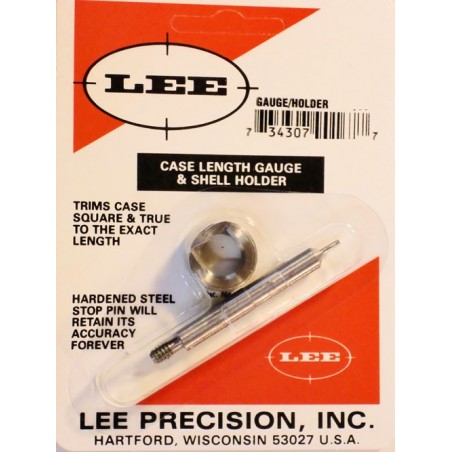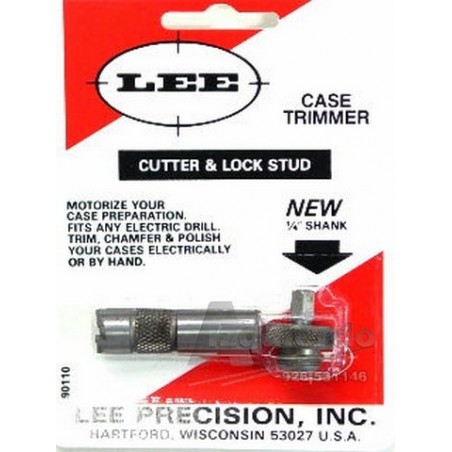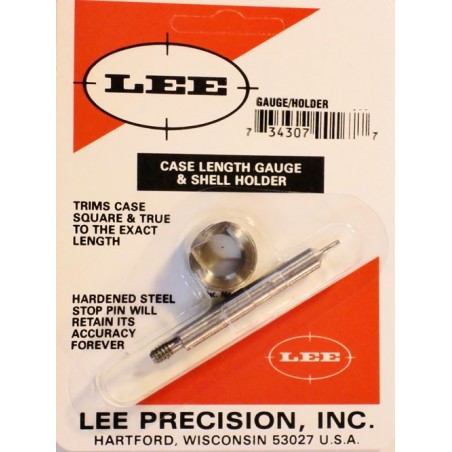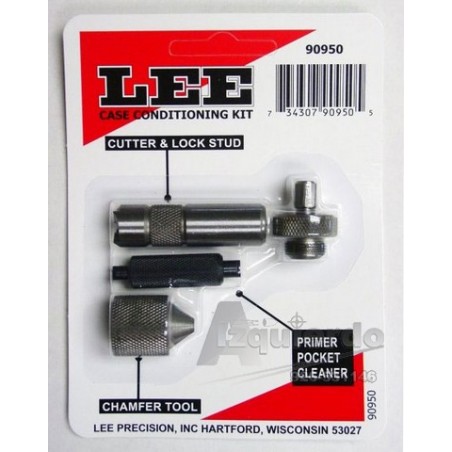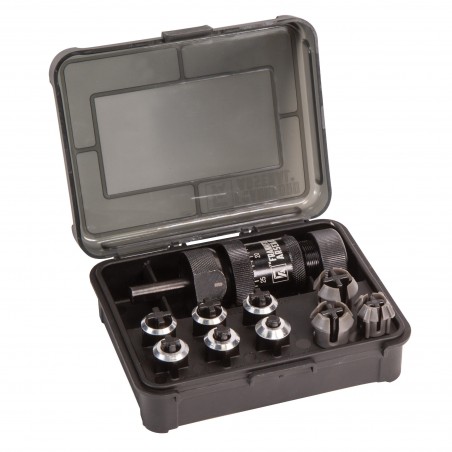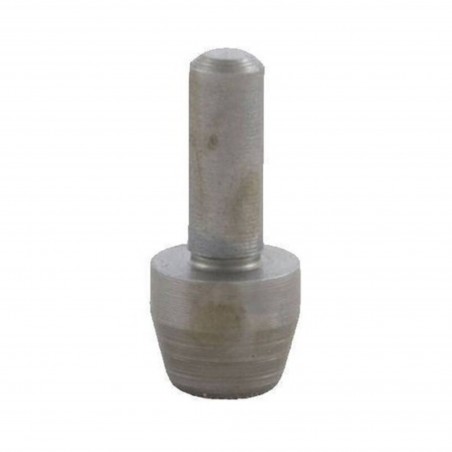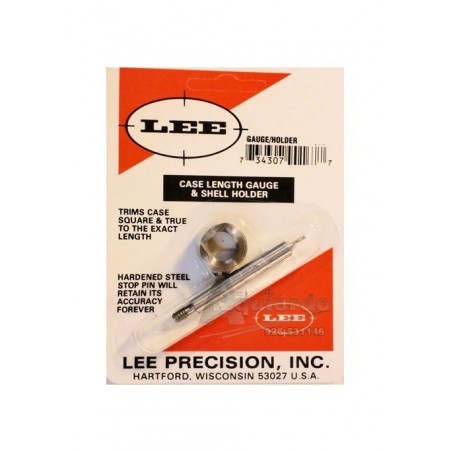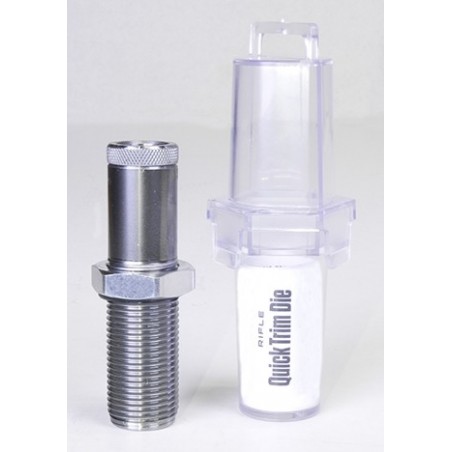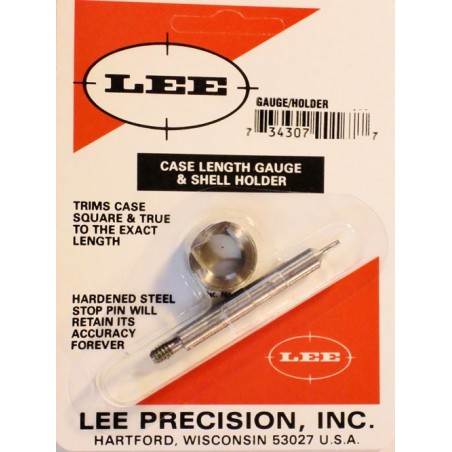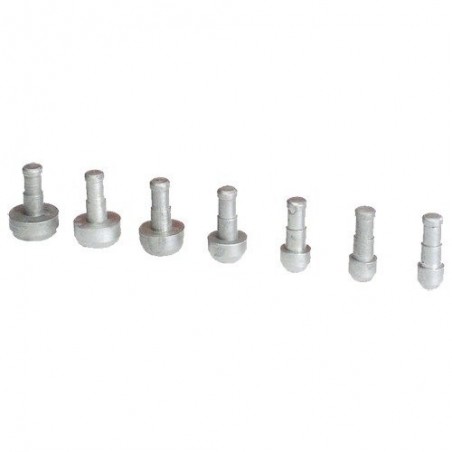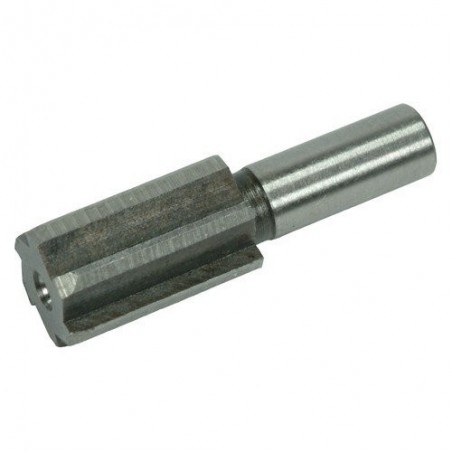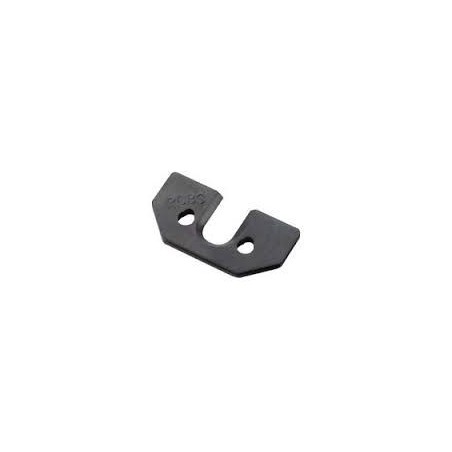
Case preparation is a crucial step in the reloading process. A well-conditioned case ensures precise, safe, and efficient shooting, extending the cartridge's lifespan and improving the consistency of each round.
Essential Steps in Case Preparation:
Visual Inspection and Sorting: Before any process, it's vital to check cases for cracks, dents, or excessive wear that could compromise shooting safety.
Deep Cleaning: Residue buildup can affect cartridge precision. Using a vibratory tumbler with walnut or corn media, or an ultrasonic cleaner, ensures a thorough cleanse.
Resizing and Recalibrating: Restoring the case to its correct dimensions is key for a perfect chamber fit. Resizing dies help maintain proper shape and function.
Trimming and Deburring: Over time, cases lengthen after repeated firing. A case trimmer brings them back to standard length, while a deburring and chamfering tool smooths the edges for optimal bullet seating.
Primer Pocket Cleaning: A primer pocket cleaner removes carbon buildup, ensuring reliable ignition.
Neck Expansion: For certain calibers, especially lead bullets, a neck expander facilitates smooth bullet insertion without damaging the case.
Final Inspection: Before reloading, a final check ensures all cases are in perfect condition and ready for optimal shooting performance.
Why Is Case Preparation Important?
? Greater accuracy: Reduces pressure inconsistencies in firing.
? Enhanced safety: Minimizes risks of misfires or overpressure.
? Longer case life: Extends case usability with proper maintenance.
For the best reloading experience, follow these steps and use high-quality tools to achieve top-tier results.

 BOG DeathGrip Carbon Fiber Tripod: Stability, Precision, and Performance for Eve
BOG DeathGrip Carbon Fiber Tripod: Stability, Precision, and Performance for Eve
 Nosler (parte 2) Ballistic Tip, Tiros de Largo Alcance
Nosler (parte 2) Ballistic Tip, Tiros de Largo Alcance
 NOSLER (parte 1)
NOSLER (parte 1)
 Dosificador Micrometrico Frankford Arsenal
Dosificador Micrometrico Frankford Arsenal
 Deluxe Carbon Fiber Cleaning Rod: Mantenimiento Perfecto para tus Armas
Deluxe Carbon Fiber Cleaning Rod: Mantenimiento Perfecto para tus Armas












